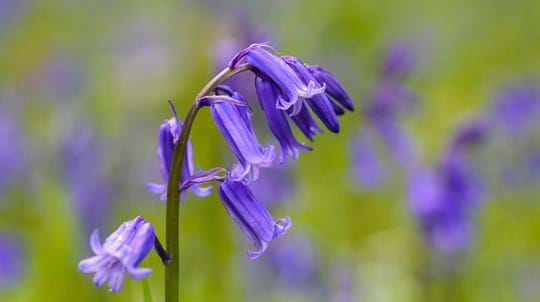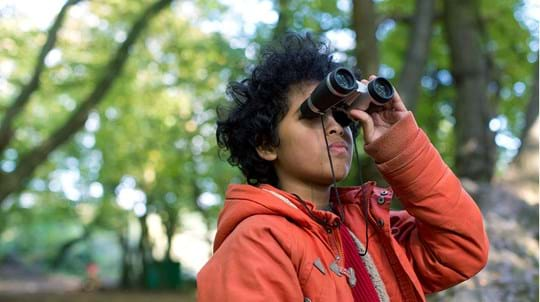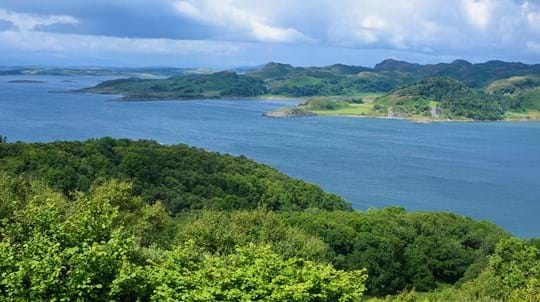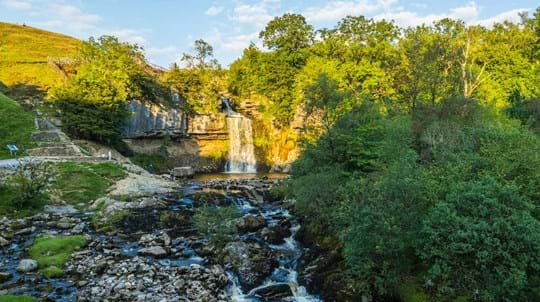
Why woods are good for our health and wellbeing
Along with improving our quality of life, woods and green spaces can help make us physically and mentally healthier.
Explore the evidence
Content manager
No facilities, no other people, no plan. Sounds like a package holiday gone horribly wrong, right? You’d be forgiven for thinking so, but for some the extreme back-to-basics approach holds an appeal a cheap overseas getaway cannot match.
Wild camping offers the perfect escape. Leave the crowds and the noise behind, reconnect with nature and discover your very own private spot. The choice of view is unlimited!
Conventional camping, for some, has something of a flaw. The desire to escape into rural tranquillity and be at one with nature is often counteracted by revving car engines, smelly toilet blocks and a sprawling group of fellow campers. Wild camping, illegal in England and Wales except for parts of Dartmoor, but broadly legal in Scotland, perhaps offers the solution.
There are of course sacrifices to be made. Expect to leave the creature comforts behind. The intrepid wild camper will need to carry all their food, fuel and water with them (or the means to purify their own ‘wild’ water). They’ll need to forego their customary hygiene routines, put power-hungry gadgets away and brave inclement weather without the reassuring presence of a back-up bothy.
For the most part, wild camping is permitted anywhere in Scotland in accordance with the access rights established by the Land Reform (Scotland) Act 2003. There are of course exceptions to this ‘anywhere’ rule – we wouldn’t for example want to pitch up on someone’s front garden or generally make a nuisance of ourselves.
Whether it’s a wooded glen or a rugged coastline that floats your camping boat, you’re spoilt for choice in Scotland. On the Western Isles you’re never far from water, and the closely grazed land at the fringes of loch and sea can make for the perfect pitching spots.
Inland, the rolling moorland offers almost unlimited, if rather boggy, choice for those with a more adventurous spirit, as well as miles of woodland and forest to explore. Many remote and small island communities also offer basic camping facilities – sometimes little more than a handily mown plot – in return for a small donation for those struggling to find a dry or rock-free spot.
Generally speaking, permission must be gained from the landowner before camping anywhere in England, Wales and Northern Ireland. Wild camping is however permitted on Dartmoor for up to two consecutive nights in the same spot provided it’s more than 100 metres from any public roads and is not within an enclosed or otherwise restricted area.
There are also some great campsites around the country that offer a ‘wild’ camping feel with remote and spacious sites, limited pitches and unique settings. Pitchup.com lists just a few to try.
If you plan well and prepare, wild camping doesn’t have to be scary. There will always be an element of playing it by ear, but then that’s part of the charm!
The key is to research the area you’re visiting beforehand and to have a contingency plan if you struggle to find a suitable wild camping spot. It could be as simple as a list of nearby campsites or B&Bs to try in a pinch.
With the right gear, plenty of provisions and a pragmatic outlook, there’s nothing to stand in your way of finding your own bit of hidden beauty.

Along with improving our quality of life, woods and green spaces can help make us physically and mentally healthier.
Explore the evidence
Visiting woods
Search thousands of woods across the UK and gather information on the local facilities, features, wildlife and history in the area.

Visiting woods
Go on an adventure. Get closer to nature. Uncover history. Discover ways to explore the UK's woods whatever the season.

Blog
Charlie Mellor • 18 Jun 2019

Blog
Charlie Mellor • 15 Jul 2022

Blog
Charlie Mellor • 15 Jan 2021